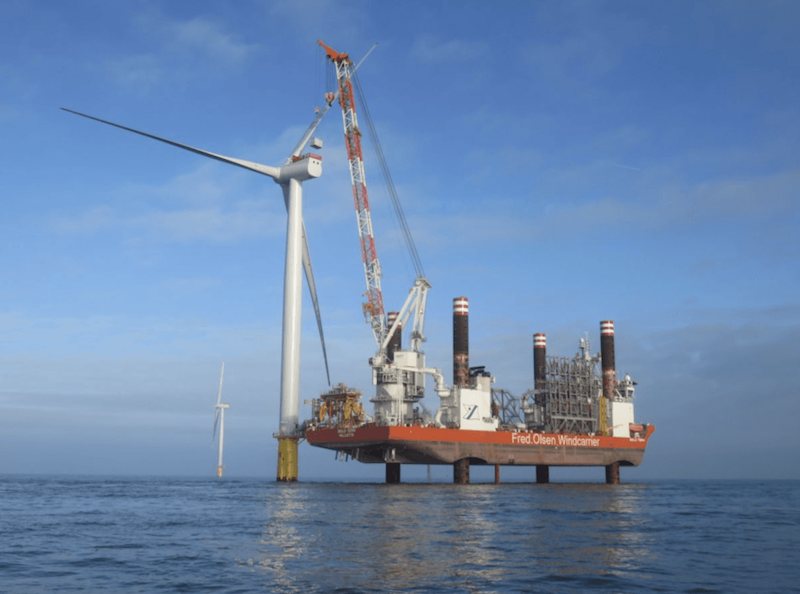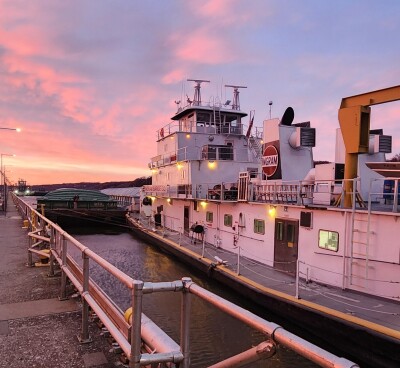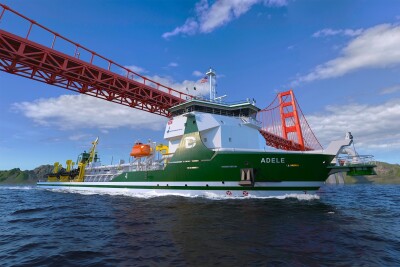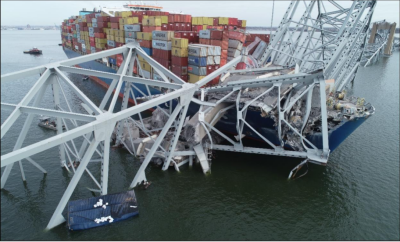Congress is considering changes in federal law that could affect how the Jones Act is applied to vessels working in the offshore oil and gas and offshore wind industries.
At issue are provisions in the Coast Guard Authorization Act of 2019 that passed the House Transportation and Infrastructure Committee on June 26.
The Jones Act restricts domestic maritime commerce — including that occurring beyond the U.S. territorial limits offshore — to qualified U.S.-flag vessels that are built, owned and crewed in the U.S. This includes “any part of the transportation of merchandise” between two points in the U.S. Under the Outer Continental Shelf Lands Act, the Jones Act would apply to any device, structure of installation permanently or temporarily attached to the seabed.
The Coast Guard bill addresses two issues. The first involves the definition of “vessel equipment,” especially as it relates to offshore installation vessels. Customs and Border Protection (CBP), which interprets the Jones Act on offshore activity, has long exempted vessel equipment used in the oil and gas industry from Jones Act restrictions. But the offshore oil and gas industry believed the definition had become too broad.
Beginning in 2009, CBP tried unsuccessfully to amend or revoke several prior rulings on the definition, public comments have been sought and a federal court case filed by the Offshore Marine Service Association (OMSA) and other parties is pending.
The bill now before the House acknowledges these prior rulings and pushes the CBP to act. It directs the agency to “issue a notice, including an opportunity for public comments, on the modification or revocation” of such rulings within 30 days of enactment — a process required to revoke rulings. Should the CBP decide to reverse the rulings, foreign vessels would find it harder to work offshore in the Gulf of Mexico and wouldn’t be allowed to transport items formerly classified as “vessel equipment.” This could have implications for offshore wind.
The second issue involves short movements by foreign heavy lift vessels working in the Gulf of Mexico. The Jones Act covers “any part of the transportation of merchandise” between two points in the U.S. CBP issued several rulings in 2012 prohibiting foreign heavy lift vessels from undertaking short movements with cargo even if it is done for safety reasons as mandated by other federal agencies.
Over time, drilling moved into deeper waters and crane technology advanced to the point where entire topsides or platform jackets could be built ashore and transferred in a single lift onto the platform. But there are no Jones Act-qualified heavy lift vessels able to do the job, so rulings were sought on whether moving a topside on a Jones Act qualified vessel to the work site, where it would be lifted by a foreign vessel and taken to the installation site would be a Jones Act violation. Customs ruled that “any part of the transportation” would violate the law.
The solution sought by OMSA and included in the House bill would create a waiver process similar to the existing one for launch barges that permits use of foreign heavy lift vessels if the Transportation Department determines that there are no qualified U.S.-flag vessels available.
Current law allows Jones Act waivers when they are in the interest of national defense, but there’s no requirement related to the availability of U.S. vessels.
The waiver would only apply to installation vessels installing platform jackets and could affect vessels involved in offshore wind installations. Wind farm developers generally follow interpretations of the Jones Act made by CBP as it applies to offshore vessels and oil rigs.
While some might believe the waivers will be cumbersome and add to construction costs, OMSA said they provide important protections for U.S.-flag vessels and underscore the importance of the Jones Act.
“OMSA is greatly appreciative of the broad and deep support the Jones Act has in Congress.,” said Aaron Smith, president. “We are also very pleased to see that the House Coast Guard bill contains a mechanism for heavy lift operations to be conducted in a transparent and Jones Act compliant manner. This common-sense provision is based upon a proven model which provides certainty to U.S. and global markets.”
Smith said waivers provide “a pathway” for offshore operations, including wind operations that require heavy lift capabilities.
The two-year authorization bill now faces votes in the full House and Senate before it goes to the White House for the president’s signature — probably by this fall.





